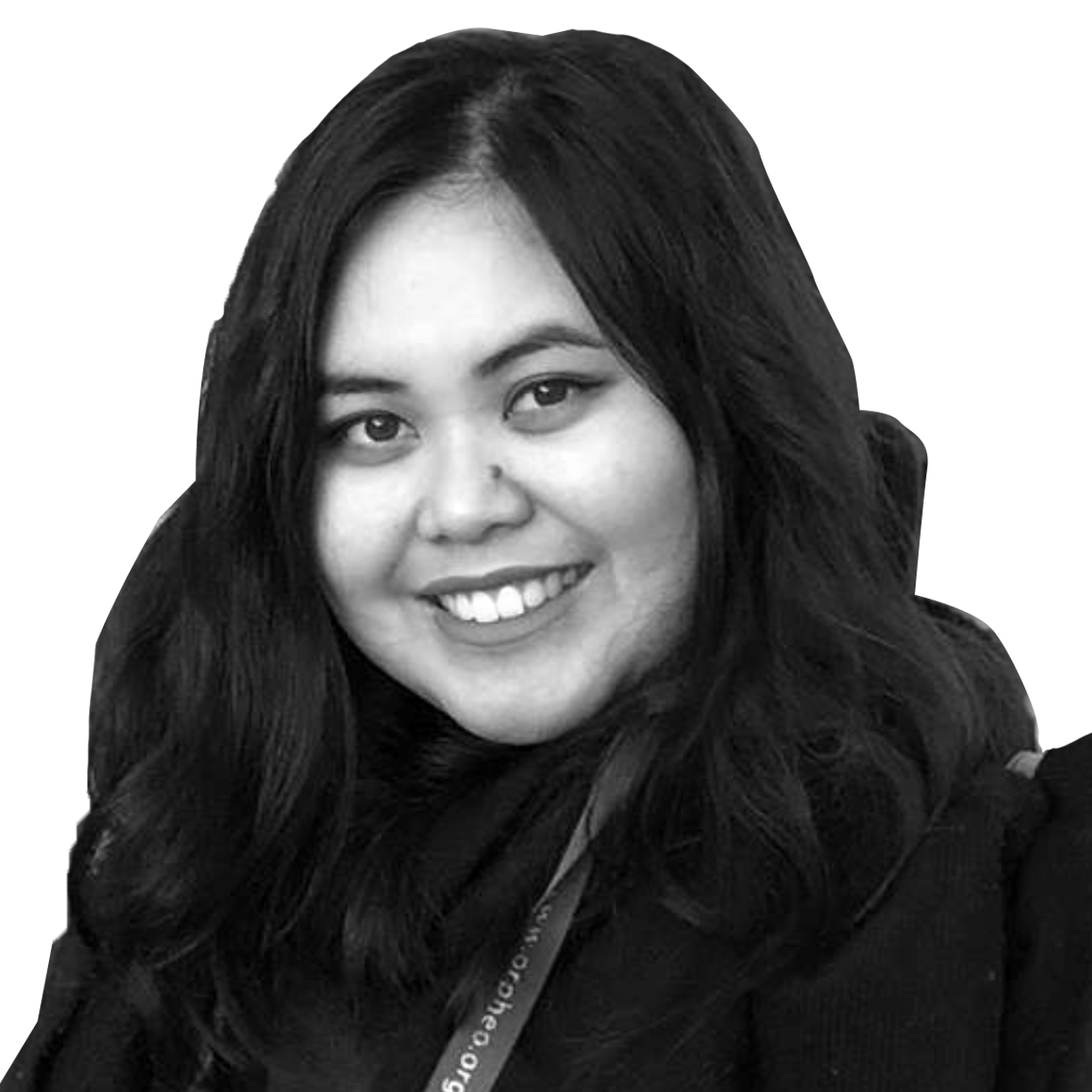Travel
Robert Alexander/Archive Photos/Getty Images
The Real Ghosts Haunting a Visit to California’s Most Famous Gold Rush Ghost Town
EERIE
Ghost towns have a particular allure for me, but this time I found Bodie, California, plagued by the ghosts it has overlooked.

Trending Now





